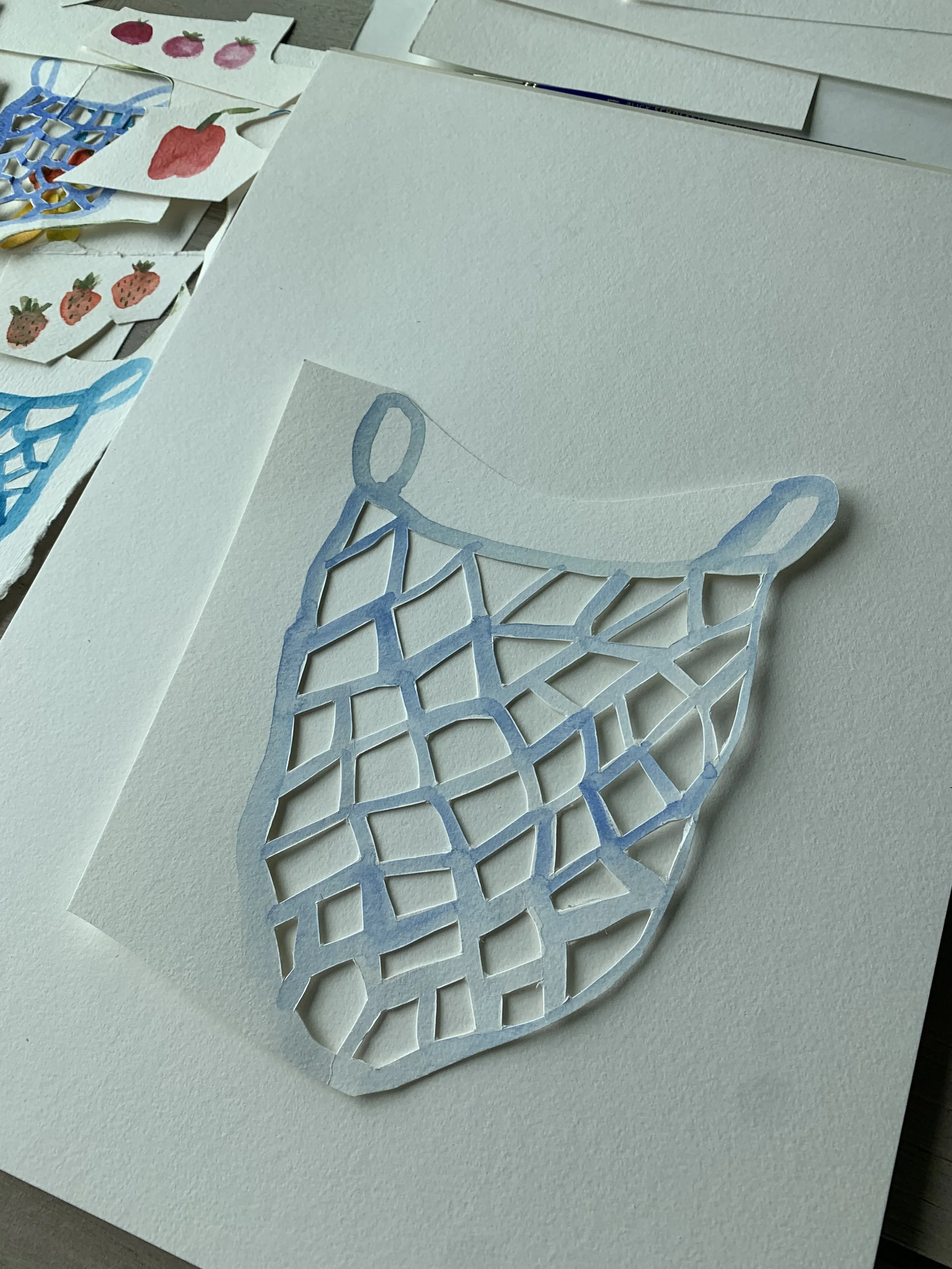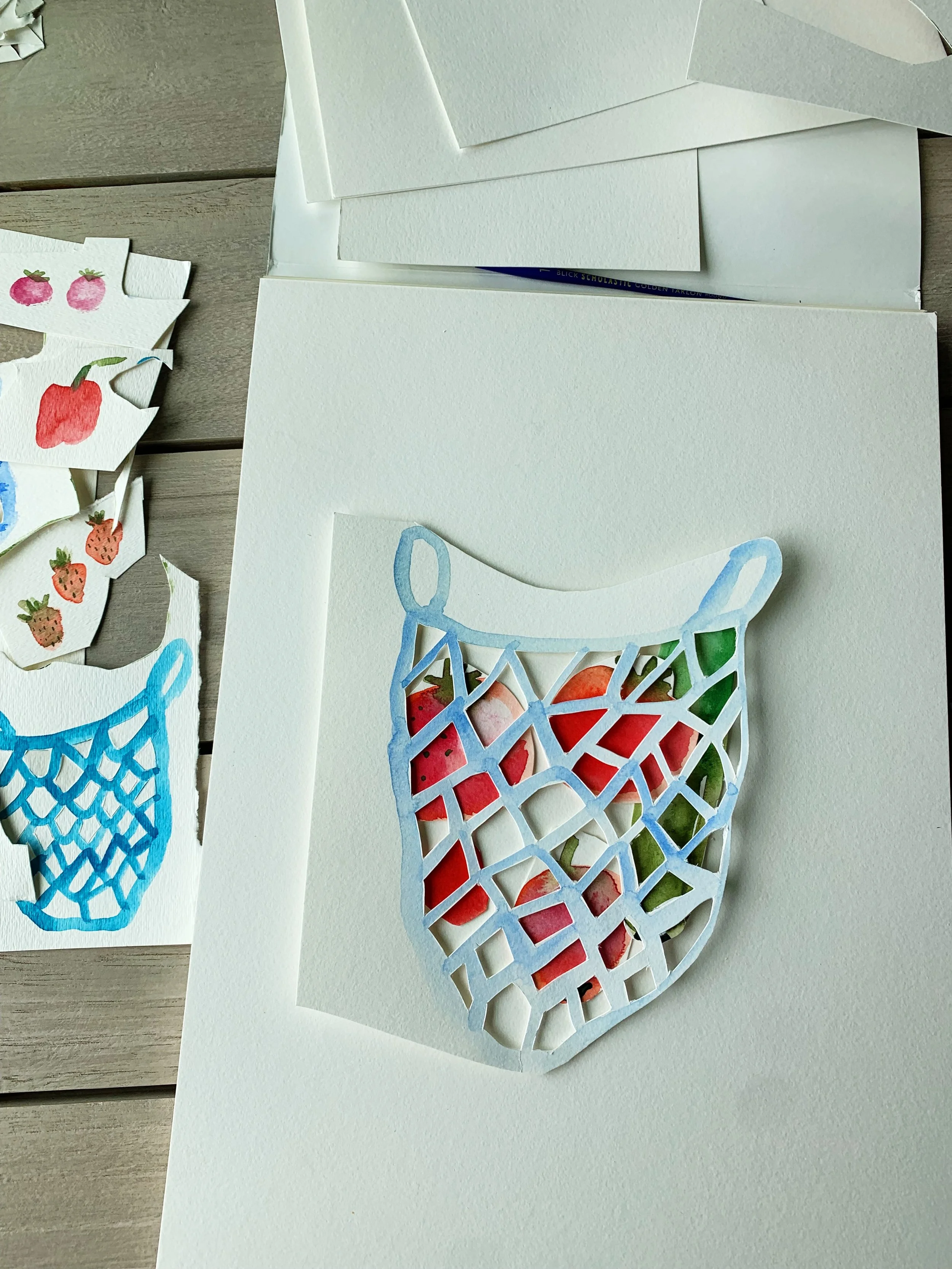Anxiety and Art Therapy: Grounding Through Creative Expression
When anxiety rises, our nervous system goes into high alert. You may feel disconnected from your body, notice tightness in your muscles, or find it difficult to slow down racing thoughts. One of the most effective ways to calm anxiety is to engage your senses and focus on the present moment.
Grounding with the 5 Senses
A simple grounding exercise is the “5 Senses” activity:
See: Identify five things you can see around you
Touch: Notice four things you can feel
Hear: Listen for three things you can hear
Smell: Recognize two scents
Taste: Identify one thing you can taste
This exercise helps anchor you in the present and reconnect with your body.
Using Art as a Sensory and Grounding Tool
Art-making is another powerful way to engage your senses and soothe anxiety. It’s tactile, repetitive, and grounding. Paying attention to the colors, textures, and movements of your hands allows you to move out of survival mode and into the present moment.
Suggested Grounding Art Materials
Clay, modeling clay, or Playdough: Offers deep pressure touch and resistance, which can be calming through kneading, molding, and shaping.
Oil pastels or soft chalk pastels: Velvety textures allow blending and smudging, creating a soothing sensory experience.
Textured paper, collage, or recycled materials: Provides a variety of surfaces—smooth, rough, rigid—and encourages auditory exploration through ripping, crunching, or crushing.
Watercolor paints: Free-flowing colors encourage letting go of control and leaning into the creative process.
Fabric and textiles (weaving, knitting): Engages touch and rhythm while exploring texture.
Reflecting After Creative Practice
After using these materials, take a moment to pause and notice how your body feels. Is your breathing easier? What emotions or sensations came up while creating? Reflecting helps you integrate the experience and consider what you’d like to carry forward into your day.
Art therapy provides a safe, sensory-focused way to regulate the nervous system, calm anxiety, and reconnect with your body and emotions.

